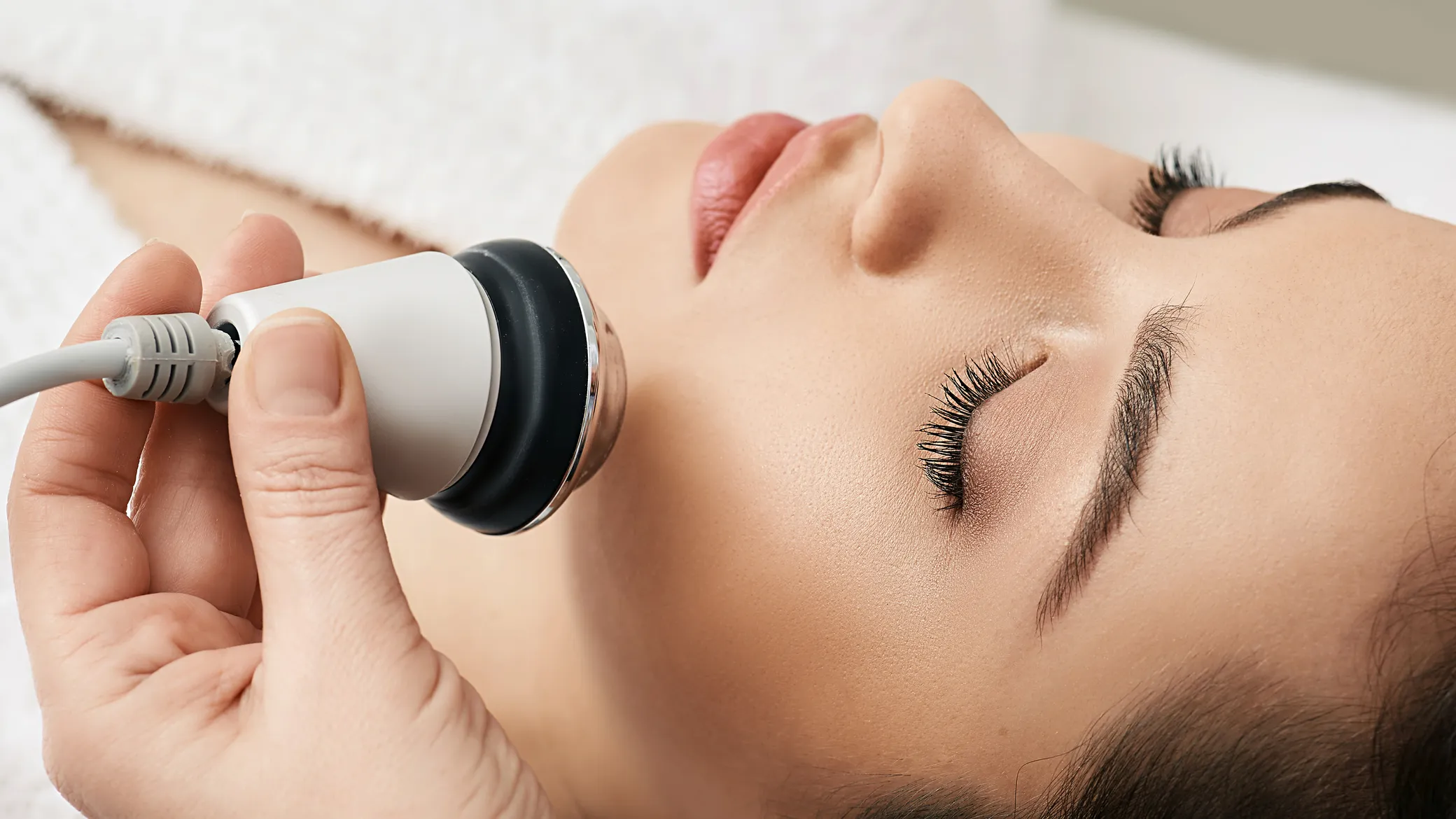Radiofrequency (RF) microneedling is one of the more recent innovations in aesthetic dermatology. This is also known as RF needling, which has evolved from traditional microneedling and radiofrequency treatments.
Historical Background of RF Needling
The first micro-needling tool was made by a South African plastic surgeon in the 1990s. The purpose of this invention was to improve skin texture and scars. This has become the source of microneedling technology.
Radiofrequency technology has also been used in medical treatments through RF energy. Since the 1920s, RF energy has primarily been used for surgical and therapeutic purposes. In recent developments, it was found out that it works for skin tightening and rejuvenation.
Both RF and microneedling technologies have been combined, which resulted in the development of RF microneedling in the early 2010s. This combination is intended to enhance the production of collagen, tighten the skin, and reduce scars with less downtime. As a result, it was able to maximise the benefits of both technologies.
Development of RF Needling
Radiofrequency energy is delivered by RF needling through insulated microneedles that will penetrate the skin. This process will create controlled micro-injuries and heat the deeper layers of the skin simultaneously. Thus, it is able to produce collagen and elastin. Likewise, it can tighten the skin and improve its texture. What’s more, new developments in RF devices have made processes safer and more accurate.
Potential RF Needling Side Effects
Although RF microneedling may be considered safe for most people, there are potential side effects that may include temporary redness and swelling. However, these may typically subside within one to two days. Moreover, if you underwent RF microneedling, you will experience mild discomfort. A good remedy is using numbing cream that can be applied to minimise pain during the procedure.
You may also experience minor bruising or scabbing because of RF microneedling. Part of this process is getting microscopic punctures, which can heal within a few days. Moreover, you may rarely get pigmentation issues like hyper- or hypopigmentation. But this can happen in rare cases, particularly in people with darker skin tones who fail to follow aftercare instructions. Likewise, the risk of infections can rarely happen with improper hygiene or the use of unsterilised equipment.
How to Acquire RF Needling
It is critical to consult a qualified professional with extensive experience in RF microneedling. They can evaluate your skin type and recommend the appropriate treatment plan. But before you engage in this procedure, you need to consider the type of skin concern that you have. Thus, you need to be clear about your goals to ensure realistic expectations.
You also need to prepare for the procedure by following the guidelines provided by your dermatologist or aesthetic practitioner. After the treatment, you need to follow instructions for aftercare, which is critical to minimise the side effects and enhance the results. More importantly, you need to be patient because results from the procedure can be gradual. This means that the results will be revealed after several weeks depending on your skin’s response.
Allow our professional aesthetic dermatologists to assist you in your journey towards a healthy-looking skin by booking a complimentary consultation with us today!

